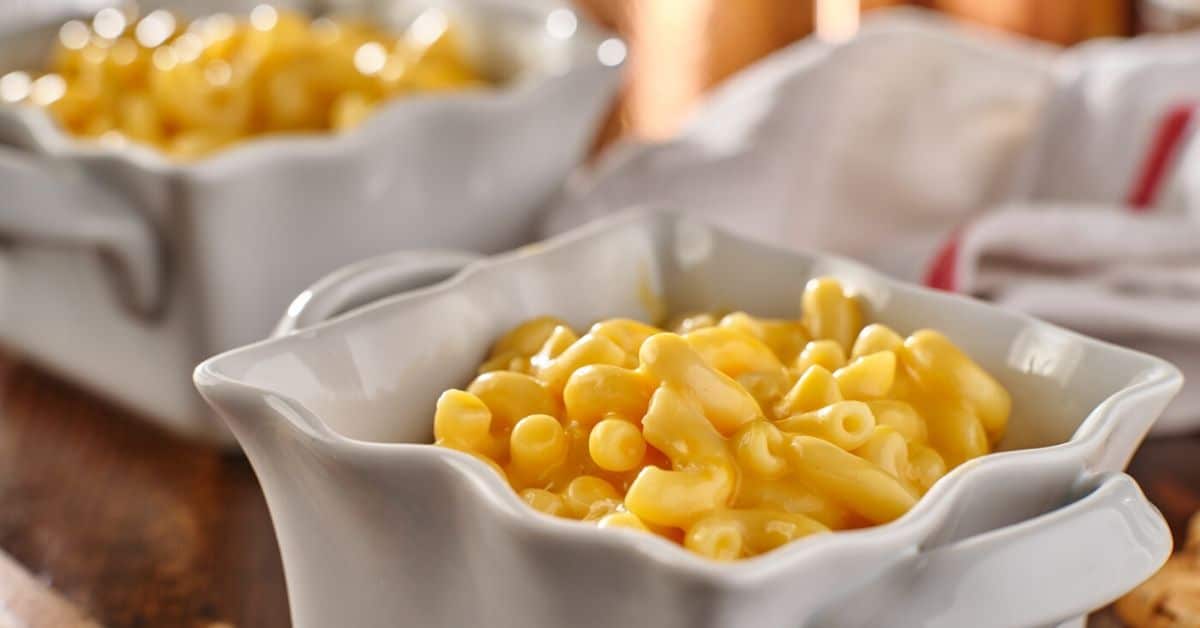In summary: Yes, all types of cabbage can be frozen, but it is recommended to blanch it before freezing to maintain its color, texture, and flavor. Unblanched cabbage can also be frozen, but its quality and shelf life will be diminished.
Often viewed as a dieter’s food choice, cabbage is actually a very versatile vegetable that can be eaten raw, pickled, or cooked. It is known as the star ingredient in coleslaw and is also popular in stir fries, casseroles, stews, stuffed cabbage rolls, as a side dish, and in soups.
Although cabbage may not be harvested year-round, it can be frozen to prolong its shelf life making it available for use throughout the seasons.
Here is a full guide to freezing cabbage for the best preservation of taste, color, and texture.
Can Cabbage Be Frozen?
Yes, all types of cabbage can be frozen. The length of time you can keep cabbage well preserved in the freezer will largely depend on the way you prepare it when it is still fresh.
As with most fresh vegetables, it is best to blanch cabbage before freezing. Blanching entails pre-treating the cabbage leaves in boiling water to kill bacteria and stop the ripening enzymatic activity that eventually causes the leaves to spoil.
The naturally occurring enzymes continue to function even when frozen if not blanched. This will result in less vibrant color, poor texture, and a slightly bitter taste.
Unblanched cabbage can also be frozen and safely consumed, however, the quality will not be as good and its shelf life will be significantly shorter.
Follow the steps below to freeze cabbage that will stay well preserved in the freezer for up to a year.
How To Freeze Cabbage
You can freeze cabbage raw, cooked, blanched, or unblanched.
Step 1: Clean and Soak
Remove any damaged or brown outer leaves from the raw cabbage. Wash the whole cabbage thoroughly to remove any sand, chemicals, or bugs.
To do this, soak the cabbage in salt or vinegar water by filling a large bowl with cold water and adding 2 to 3 tablespoons of salt or vinegar. Leave the cabbage in the water to soak for 20 to 30 minutes and rinse well.
Step 2: Cut
You can freeze cabbage wedges, shreds, or whole leaves. Cut the cabbage head according to the way you wish to use it after thawing.
If you are not yet sure how you will be using the cabbage, cut it into wedges. This will allow you to use it in various ways at a later stage.
Step 3: Blanch
Note: If you are freezing the cabbage without blanching you can skip this step and go straight to step 4. Keep in mind that you will need to use the cabbage within one month if you do not blanch it before freezing.
Heat a large pot of water till boiling. While the water is heating up, fill a separate bowl with ice water, ensuring that it is very cold.
Place the cut cabbage into the pot of boiling water. If you are blanching shredded cabbage, only boil it for 90 seconds. If you are blanching wedges, leave it for 3 minutes.
Immediately remove the cabbage with a slotted spoon or by straining it through a colander and place it straight into the bowl of ice water to stop the cooking process.
You do not want your cabbage to cook, as you merely want to kill the ripening enzymes for preservation purposes and stop the cooking process by submerging the cabbage in the ice bath.
Step 4: Dry
Once cold, remove the cabbage from the ice and dry it with a clean kitchen towel to remove as much moisture as possible. Excess water will form crystals on freezing causing textural damage to your vegetables.
Step 5: Flash Freeze
If you are freezing wedges, place the cabbage on a parchment lined baking sheet and into the freezer. Let it freeze for 6 to 10 hours.
Flash freezing allows the food to freeze separately without sticking together which makes it easier to remove only as much as is needed from the freezer at any given time.
Step 6: Pack
Once the cabbage has frozen, remove it from the baking sheet and pack the wedges into resealable freezer bags. Alternatively you can wrap it in a few layers of plastic wrap.
If you are freezing shredded cabbage, divide the shreds up into portions and pack each portion into a ziploc freezer bag.
Press out as much air as possible and seal to protect the cabbage from exposure to any moisture or air which may cause freezer burn and result in a poor quality thawed vegetable.
Step 7: Label and Freeze
Write the date of freezing on the packaging so you can remember how long the cabbage has been stored.
How To Thaw Frozen Cabbage
To use cabbage raw after freezing, place it in the refrigerator for a few hours in the packaging to defrost. If you are planning to cook the cabbage, there is no need to thaw it—you can add it directly from the freezer to the pot.
Types of Cabbage
Cabbage is characteristically round with firm crisp leaves layered around each other to form its large head shape. Smooth-leaved green cabbage is the most common type of cabbage with light to dark green variations and slightly pointed leaves.
Other types of cabbage include:
Purple Cabbage: Also known as red cabbage, its dark purple leaves are smooth and thick and often used for pickling or stewing.
White Cabbage: Also known as Dutch cabbage, this variation has smooth pale green leaves.
Savoy Cabbage: With crimped or curly leaves and a mild flavor, savoy cabbage has a lighter and more tender texture.
Raw cabbage or pickled cabbage dishes can provide vibrant color and a great crunch to dishes, while when cooked, it softens and turns a more translucent and pale color.
Cabbage makes a suitable base for a stew as it soaks up and blends in well with other spices, herbs, and meaty flavors as opposed to dominating the taste of the dish.
FAQs
Conclusion
Keeping cabbage frozen will allow you to enjoy this hearty vegetable year-round even when not in season.
If blanched before freezing, it will last for up to a year in the freezer. Simply pull a bag out of the freezer and toss the frozen shredded cabbage in with a casserole, stew, or into a salad. You can also make cabbage soup, pickle it, or cook it with bacon for a superb side dish.
Up Next: Can You Freeze Brussels Sprouts?









